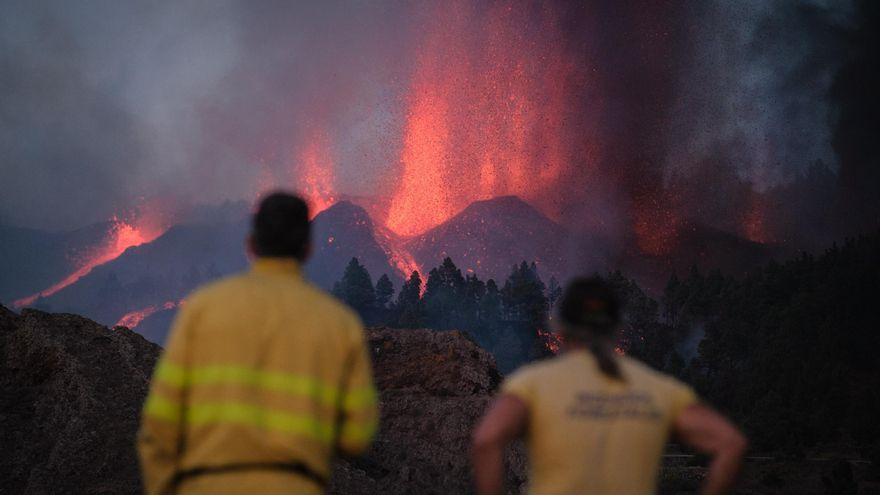Tenerife’s Volcanic Risk Zones
Tenerife has four areas classified as having a “very high” potential for volcanic eruptions, according to a risk map published by the island’s government (Cabildo de Tenerife) and shared with all local municipalities. The island is divided into five risk levels: very high, high, moderate, low, and very low.
High-Risk Areas: A Volcanic Legacy
Based on historical eruptions, the towns of Guía de Isora, Garachico, Santiago del Teide, and El Tanque face the highest exposure. The latter two sit atop the Abeque Ridge, a volcanic corridor stretching from Mount Teide to the Teno Massif—considered the island’s most hazardous zone under Tenerife’s 2018 Volcanic Risk Action Plan. This area has been the most geologically active over the last 20,000 years, with eruptions similar to La Palma’s 2021 event, the most recent in the Canary Islands.
Historic Eruptions That Shaped the Island
Guía de Isora witnessed the 1909 eruption of Chinyero Volcano, the last to spew lava on Tenerife. Garachico endured the 1706 Trevejo (or Arenas Negras) eruption, whose lava flows destroyed what was then Tenerife’s most important port. Incandescent material rained for weeks, though the town was spared complete burial as the lava encircled rather than engulfed it entirely.
Moderate and Low-Risk Zones
The second-highest risk category includes Icod de los Vinos, La Guancha, San Juan de la Rambla, and parts of La Orotava—the latter divided into zones of varying risk. Puerto de la Cruz carries moderate risk, while Los Realejos and Fasnia have low probabilities. Most other municipalities face very low risk.
Why Predicting Eruptions Remains a Challenge
While pinpointing when or where an eruption might occur is nearly impossible, historical patterns suggest northern Tenerife is the most volatile. The metropolitan area—home to most of the island’s population—lies outside high-risk zones, requiring different contingency plans than more vulnerable towns.
Beyond Lava: The Cascading Dangers
Eruptions bring threats beyond molten rock. Tenerife’s vast forests could ignite from falling lapilli (volcanic debris) or ejected volcanic bombs, endangering even low-risk areas. Other hazards include toxic gas releases harming biodiversity, aquifer contamination, ashfall, and phreatic explosions if lava reaches the sea—all factors in the island’s emergency preparedness plans.

